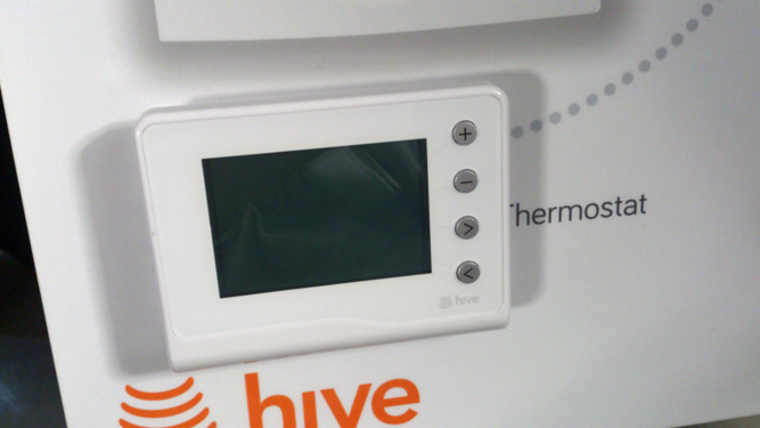When your phone tells you whether you have enough beer in the fridge and adjusts the laundry setting to ensure perfect timing for your arrival home, you might think you’ve found your perfect virtual spouse. But that story’s been told a few times and it rarely ends well.
We are just seven years away from a mature smart home market when the average affluent family has more than 500 connected devices, according to IT research firm Gartner, which has also forecast 4.9 billion connected “things” will be in use globally this year, with smartphones at the core.
It’s little wonder the technology giants are scrambling to find an edge.
Samsung’s smart home proposition was bolstered by last year’s purchase of SmartThings, Apple’s hotly anticipated launch of HomeKit has whet the appetite of many an iFan and Google’s acquisition of Nest have together propelled home automation into our laps. Or rather, the palms of our hands.
So are these just expensive gimmicks for gadget geeks or will the mainstream home catch on?
“It’s already started,” says Andy Mack, director at home automation experts Cyberhomes. “Companies such as Apple have certainly paved the way with apps, but with music systems like Sonos now being advertised during The X Factor TV breaks, it suggests a lot more mainstream properties will be adopting smart solutions, not just those at the high end.”
Fragmentation and lack of interoperability of the various platforms and players looks like the main barrier to a truly connected home
But where do you start? Point solutions, designed for one specific function, outsold full-scale interconnected home solutions by six to one in 2014, according to Berg Insight, a Swedish specialist research business.
Streamlining technologies that enable multiple devices to be activated through a single piece of kit are being fine-tuned, as the fragmentation and lack of interoperability of the various platforms and players looks like the main barrier to a truly connected home.
First, the network. It’s not just about wi-fi, but Thread, Z-Wave and ZigBee; applications and smart home hubs, such as HomeKit, Deutsche Telekom’s Qivicon, OpenHome and Staples Connect, powered by D-Link; finally the cloud platforms, including Nest, IFTTT and Wink. And that list barely scratches the surface.
“People are not yet talking to each other,” says Mr Mack. “What needs to happen is that Nest, for instance, needs to talk to Samsung. People who have variations of the same types of equipment in their homes will need that integration or will need someone like ourselves to make that happen. The market is still a long way away from one app controlling everything.”
HomeKit hopes to address that. But as the electronics behemoths have impressive brand awareness, Lars Kurkinen, senior analyst at Berg Insight, believes greater penetration will be thanks to the utility providers.
“British Gas’s Hive solution is viewed as one of the largest successes in Europe today,” he says.
As well as having the required interaction with the consumer, being able to carry out the necessary education and describe the benefits, means utilities can play a central role.
While many of these apps assume we are creatures of habit, seeking extra comfort and convenience wherever possible, there are also other benefits.
Easy and remote management of the home reduces waste, whether saving on your energy bill or keeping food fresh for longer, with appliances that gauge their contents, know use-by dates and how much power, water or detergent is required, for example.
Hive grabbed early headlines by promising up to £150 annual cost-savings, while recent competitors, such as tadoo, claims a 31 per cent bill reduction. The latter has geofencing, using a GPS signal to anticipate your arrival home and your location in the building, literally pinpointing expected energy consumption.
Berg Insight says of the 7.9 million smart homes in America last year, 60 per cent had an interactive security system, which can cost $40 a month. In Europe, the take-up is more like 2 to 3 per cent.

British Gas claim customers can save £150 per year by using Hive
Many devices are now doubling up as home surveillance. Whether it’s a lamp or a vacuum cleaner, we have a growing desire to be voyeurs in our homes while we’re not in them.
But above all, greater integration requires these smart things to just work and that means reliable connectivity.
Nick Jones, an analyst at Gartner, says: “Devices in the smart home will demand connectivity. Some will demand high reliability, as they’ll be performing vital functions.
“Homes will, therefore, require reliable high-speed internet connections. If these connections fail, many domestic devices might be forced to operate in, at best, a degraded manner. If homes become as dependent on good connectivity as businesses, they will need fall-back systems, such as cellular links.”

